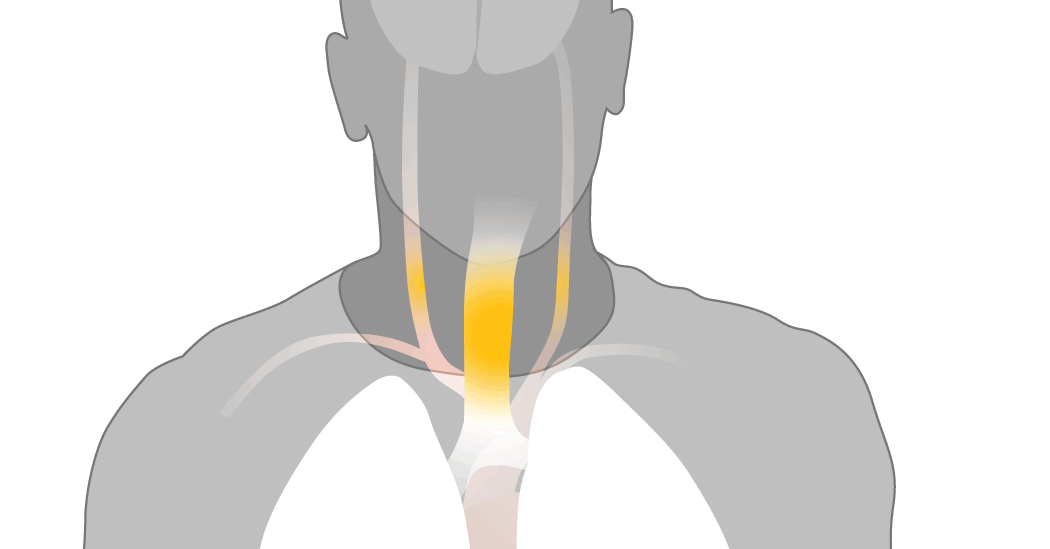DNA Confirms Oral History of Swahili People
A long history of mercantile trade along the eastern shores of Africa left its mark on the DNA of ancient Swahili people.
A new analysis of centuries-old bones and teeth collected from six burial sites across coastal Kenya and Tanzania has found that, around 1,000 years ago, local African women began having children with Persian traders — and that the descendants of these unions gained power and status in the highest levels of pre-colonial Swahili society.
The findings help elucidate the foundations of Swahili civilization, and suggest that long-told origin stories, passed down through generations of Swahili families, may be more truthful than many outsiders have presumed.
“The genetics corroborate the Swahili people’s own history that they tell about themselves, not what others were saying about them,” said Esther Brielle, a geneticist and postdoctoral fellow at Harvard who led the DNA analysis with her adviser, David Reich.
The researchers published their findings on Wednesday in the journal Nature.
The Swahili Coast is a narrow strip of land that stretches some 2,000 miles along the Eastern African seaboard — from modern-day Mozambique, Comoros and Madagascar in the south, to Somalia in the north. In its medieval heyday, the region was home to hundreds of port towns, each ruled independently, but with a common religion (Islam), language (Kiswahili) and culture.
Many towns grew immensely wealthy thanks to a vibrant trading network with merchants who sailed across the Indian Ocean on the monsoon winds. Middle Eastern pottery, Asian cloths and other luxury goods came in. African gold, ivory and timber went out — along with a steady flow of enslaved people, who were shipped off and sold across the Arabian Peninsula and Persian Gulf. (Slave trading later took place between the Swahili coast and Europe as well.)
A unique cosmopolitan society emerged that blended African customs and beliefs with those of the foreign traders, some of whom stuck around and assimilated.
Islam, for example, arrived from the Middle East and became an integral part of the Swahili social fabric, but with coral-stone mosques built and decorated in a local, East African style. Or consider the Kiswahili language, which is Bantu in origin but borrows heavily from Indian and Middle Eastern tongues.
The arrival of Europeans, beginning around 1500, followed by Omani sailors some 200 years later, changed the character of the region. Yet, aspects of the heritage and traditions that took root in the Middle Ages remain evident in East Africa today.
Researchers who have studied the region have long debated where those influences came from.
At first, most scholars thought that the civilization, with its lavish mosques and ornate housewares, must have been the achievement of a foreign ruling class that established outposts in East Africa. But over the past 40 years, archaeologists, linguists and historians have come to see Swahili society as predominantly homegrown — with outside elements adopted over time that had only a marginal impact.
That African-centric version of Swahili roots never sat well with the Swahili people themselves, though.
They generally preferred their own origin story, one in which princes from present-day Iran (then known as Persia) sailed across the Indian Ocean, married local women and enmeshed themselves into East African society. Depending on the narrative source, that story dates to around 850 or 1000 — the same period during which genetic mixing was underway, according to the DNA analysis.
“It’s remarkably spot on,” said Mark Horton, an archaeologist at the Royal Agricultural University of England who has worked on the Swahili coast for decades.
“This oral tradition was always maligned,” added George Abungu, an archaeologist and former director-general of the National Museums of Kenya (who, like Dr. Horton, was not involved in the genetic analysis). “Now, with this DNA study, we see there was some truth to it.”
The ancient DNA study is the largest of its kind from Africa, involving 135 skeletons dating to late-medieval and early-modern times, 80 of which have yielded analyzable DNA.
To figure out where these people came from, the researchers compared genetic signatures from the dug-up bones with cheek swabs or saliva samples taken from modern-day individuals living in Africa, the Middle East and around the world.
The burial-site DNA traced back to two primary sources: Africans and present-day Iranians. Smaller contributions came from South Asians and Arabs as well, with foreign DNA representing about half of the skeletons’ genealogy.
“It’s surprising that the genetic signature is so strong,” said Jeffrey Fleisher, an archaeologist at Rice University who helped excavate the Tanzanian sites included in the analysis. He had predicted that the genetic influence from outside of Africa would be much smaller, he said.
Different patterns of inheritance for different stretches of DNA have revealed how the genetic mixing came about.
Gene sequences from tiny power factories inside the cell, known as mitochondria, were overwhelmingly African in origin. Since children inherit these bits of DNA only from their mothers, the researchers inferred that the maternal forbearers of the Swahili people were mostly of African descent.
By comparison, the Y chromosome, passed from father to son, was chock-full of Asian DNA that the researchers found was common in modern-day Iran. So, a large fraction of Swahili ancestry presumably came from Persian men.
The picture that emerges is one of Persian men mixing with African women at multiple locations along the Swahili Coast around the turn of the first millennium, with each group contributing about half of the genes that are found in Swahili people today. (African men and Indian women added small amounts to the gene pool as well.)
“The genetic evidence enriches our understanding of the history,” said Abdul Sheriff, a historian and former museum curator in Zanzibar, Tanzania. “All of this really jells together to explain more fully how this civilization came about.”
Dr. Reich initially assumed that conquering men settled the region by force, displacing the local males in the process. “My hypothesis was that this was a genetic signature of inequality and exploitation,” he said.
This is what he had seen in other parts of the world. In the Americas, for example, where a history of colonization, enslavement and subjugation explains why almost all the foreign ancestry in African American and Latin American individuals comes from European males.
But that turned out to be a “naïve expectation,” Dr. Reich said, because “it didn’t take into account the cultural context in this particular case.”
In East Africa, Persian customs never came to dominate. Instead, most foreign influences — language, architecture, fashion, arts — were incorporated into a way of life that remained predominantly African in character, with social strictures, kinship systems and agricultural practices that reflected Indigenous traditions.
“Swahili was an absorbing society,” said Adria LaViolette, an archaeologist at the University of Virginia who has worked on the East African coast for over 35 years. Even as the Persians who arrived influenced the culture, “they became Swahili,” she said.
One major caveat to the study: Nearly all the bones and teeth came from ornamental tombs that were located near grand mosques, sites where only the upper class would have been laid to rest. As such, Chapurukha Kusimba, one of the study’s authors, said that the results might not be representative of the general populace.
A Kenyan-born anthropological archaeologist from the University of South Florida, Dr. Kusimba is now looking for skeletons from less well-to-do burial sites along the Swahili coast. But until he has those gene sequences in hand, it will be impossible to say just how far-reaching the foreign influence has been on the DNA of people of Swahili descent.
A key step in all this research, said Dr. Kusimba and his colleagues, was their engagement with local Swahili communities.
Protocols for disinterring, sampling and reburying human remains were established in consultation with local religious leaders and community stakeholders. Under Islamic law, exhumations are permitted if they serve a public interest, including that of determining ancestry, according to Ebrahim Moosa, who studies Islamic law and ethics at the University of Notre Dame.
Following the DNA analysis, project leaders convened meetings — at a museum hall in Kenya and alongside the ruins themselves in Tanzania — to present their findings ahead of publication and to discuss any community concerns around ethnic-identity politics that the results might raise.
“There was a lot of enthusiasm and support” for the study, Dr. Kusimba said, and the feedback given by the community leaders proved helpful in shaping the final manuscript.
“I was waiting for this,” said Athman Lali Omar, the former head of coastal archaeology at the National Museums of Kenya. Mr. Omar belongs to the Bajuni people, one of the many groups that make up the coastal Swahili people. “It confirms the way I’ve always seen myself.”


